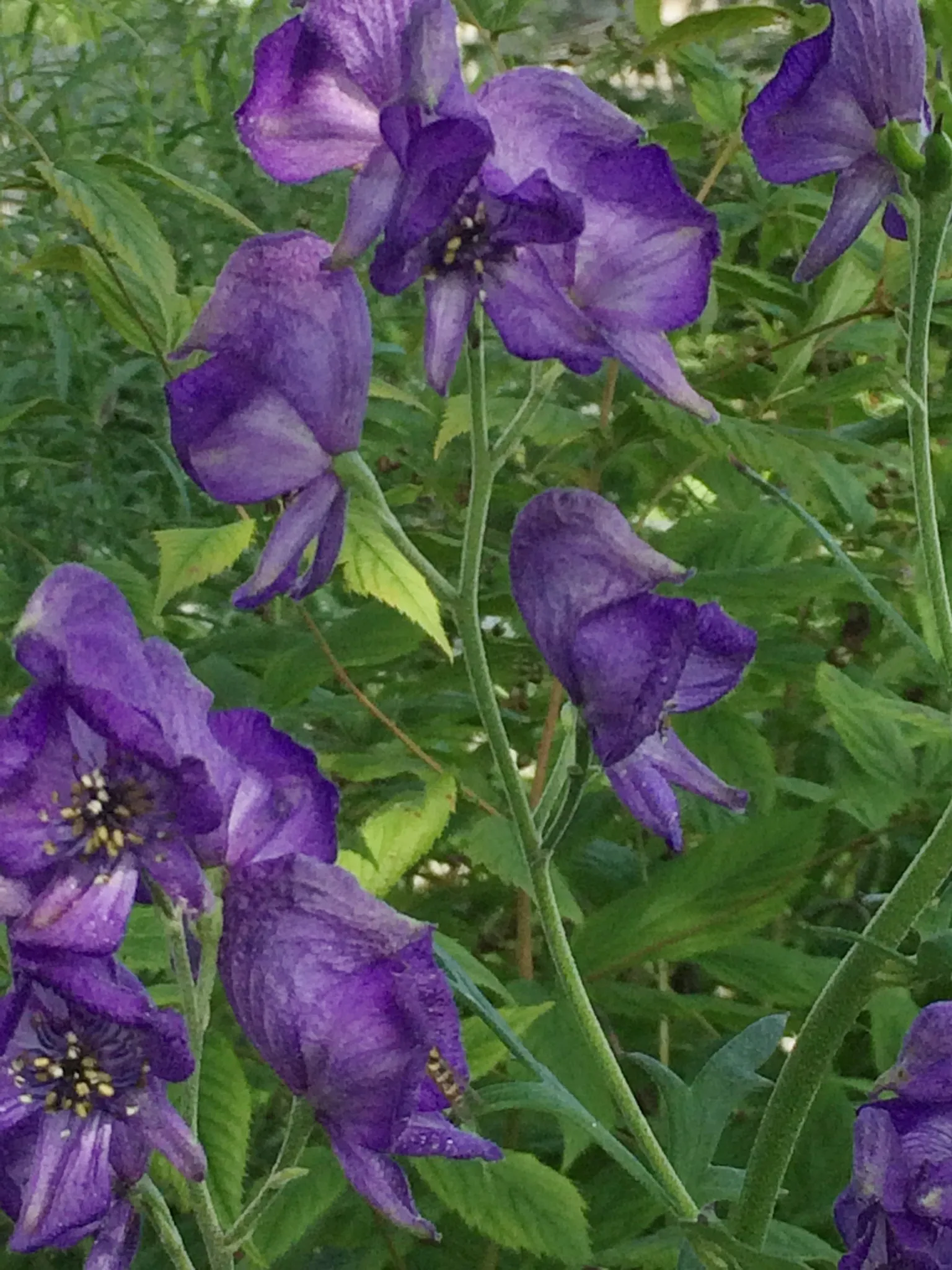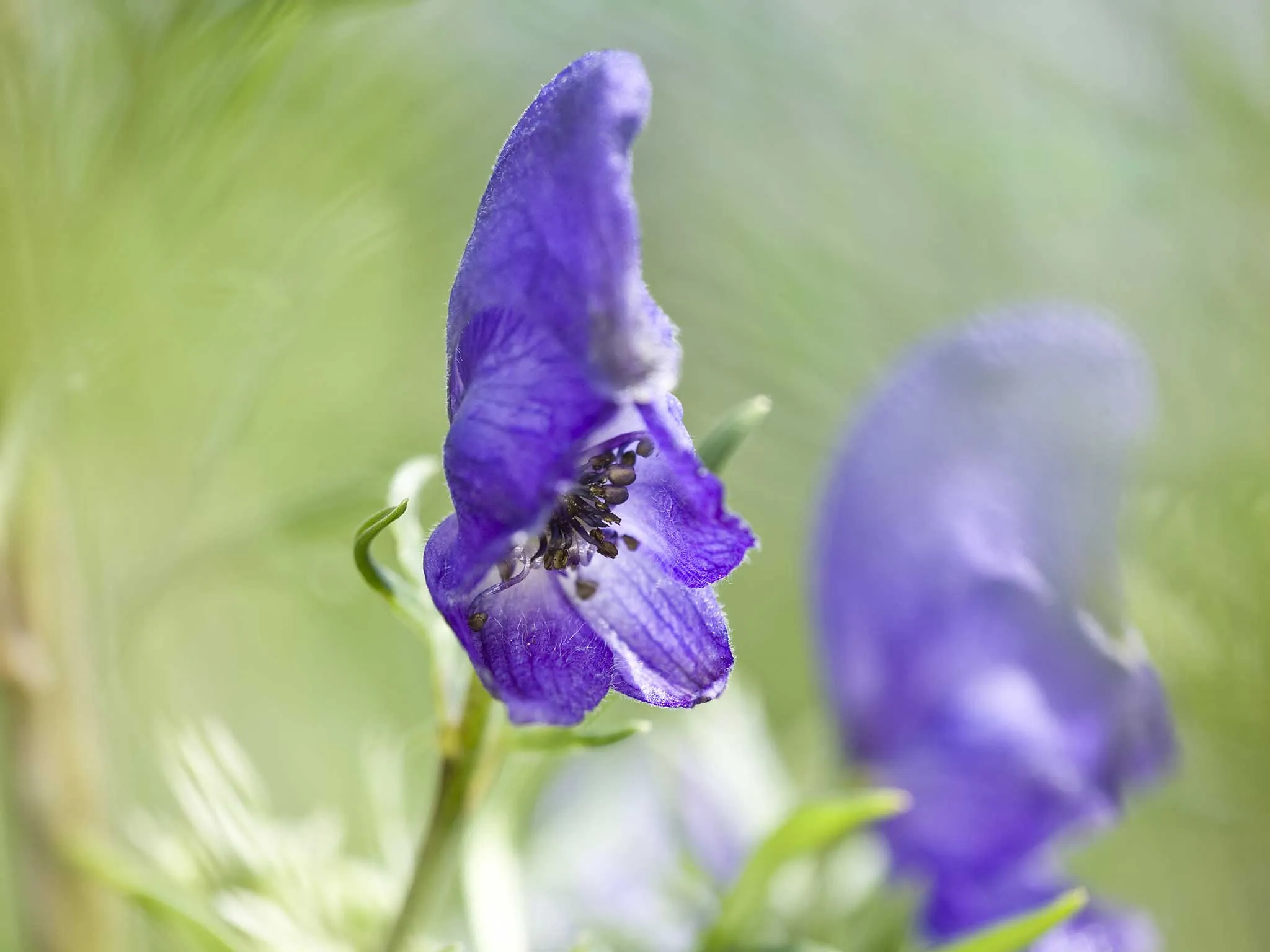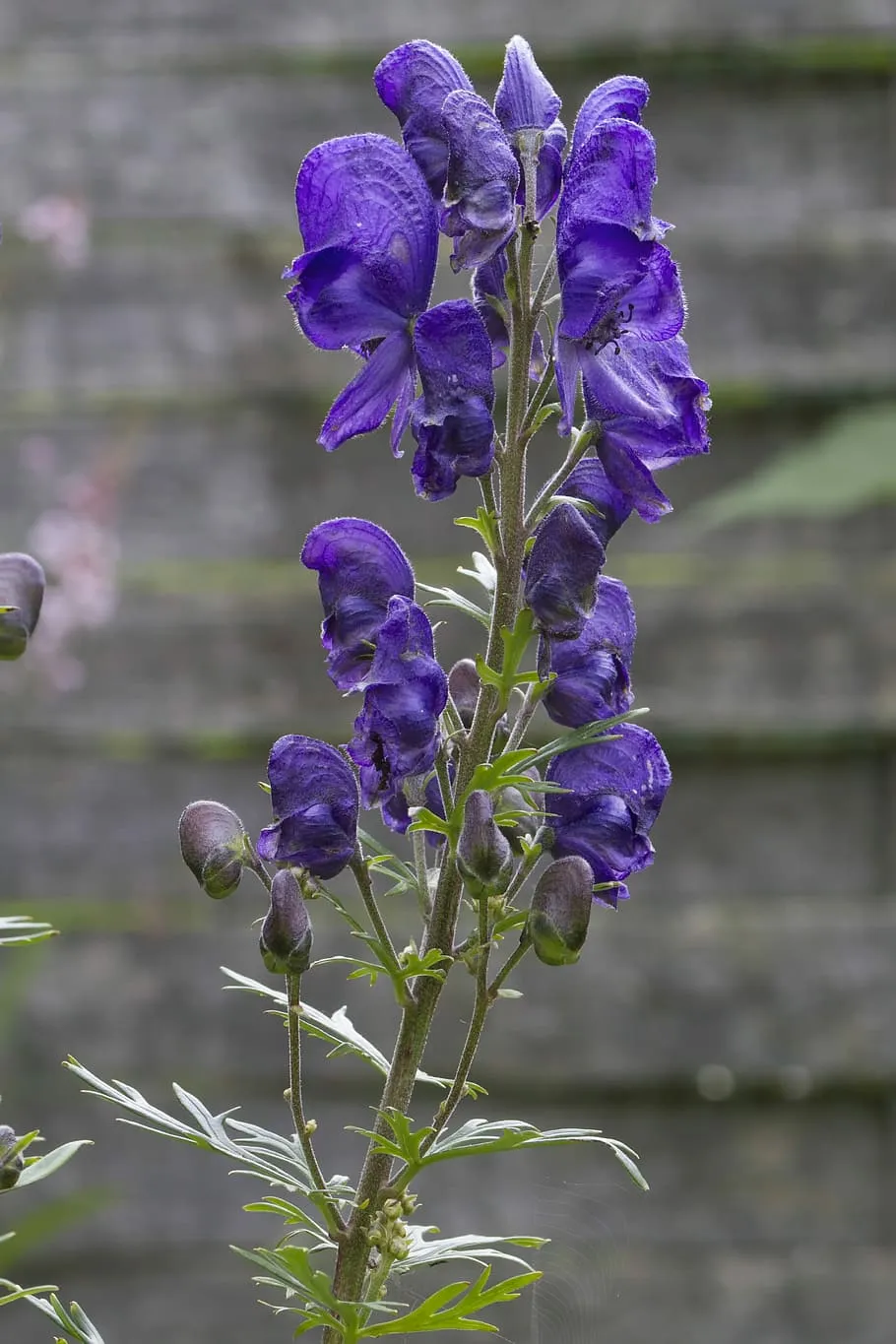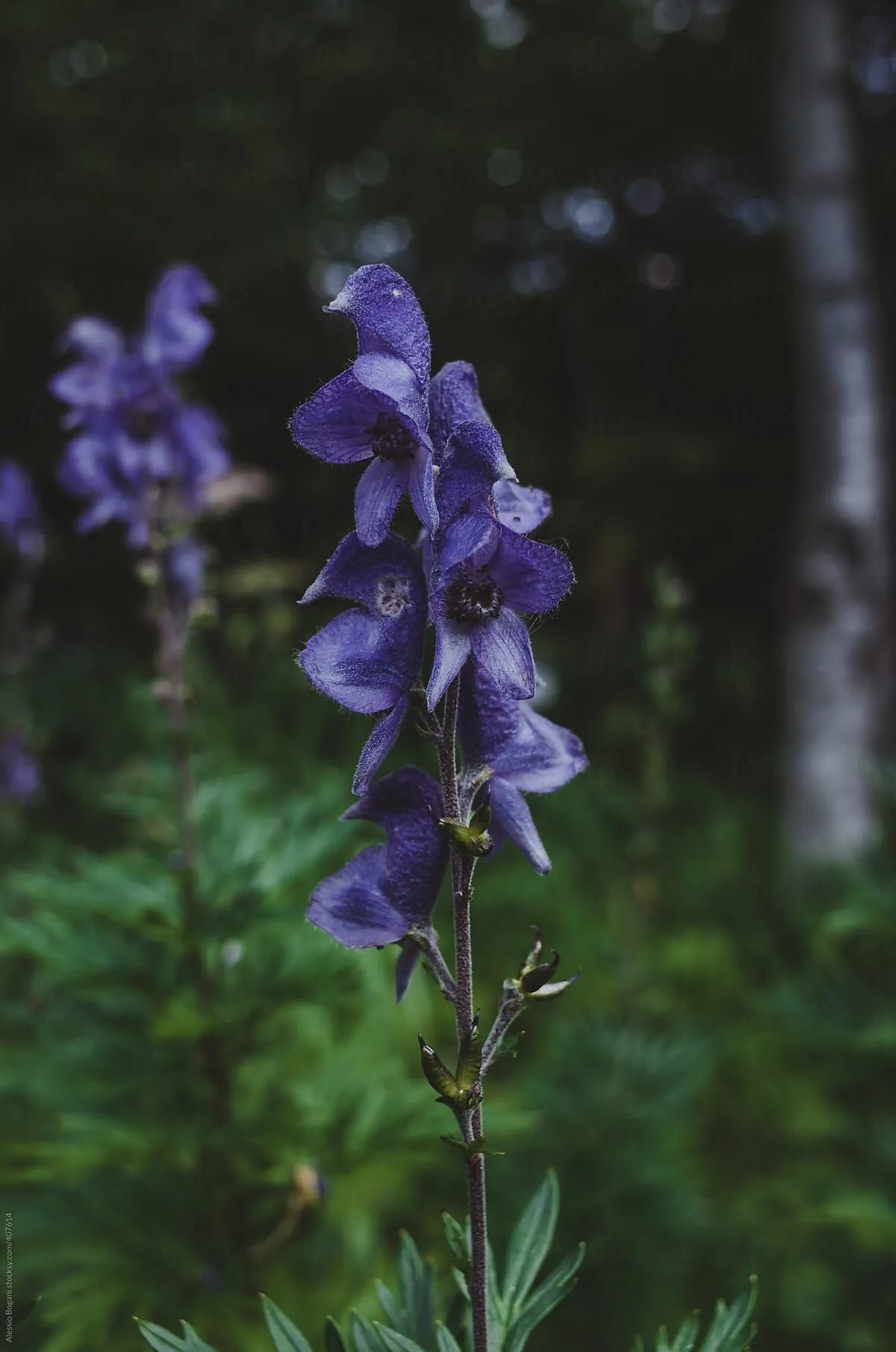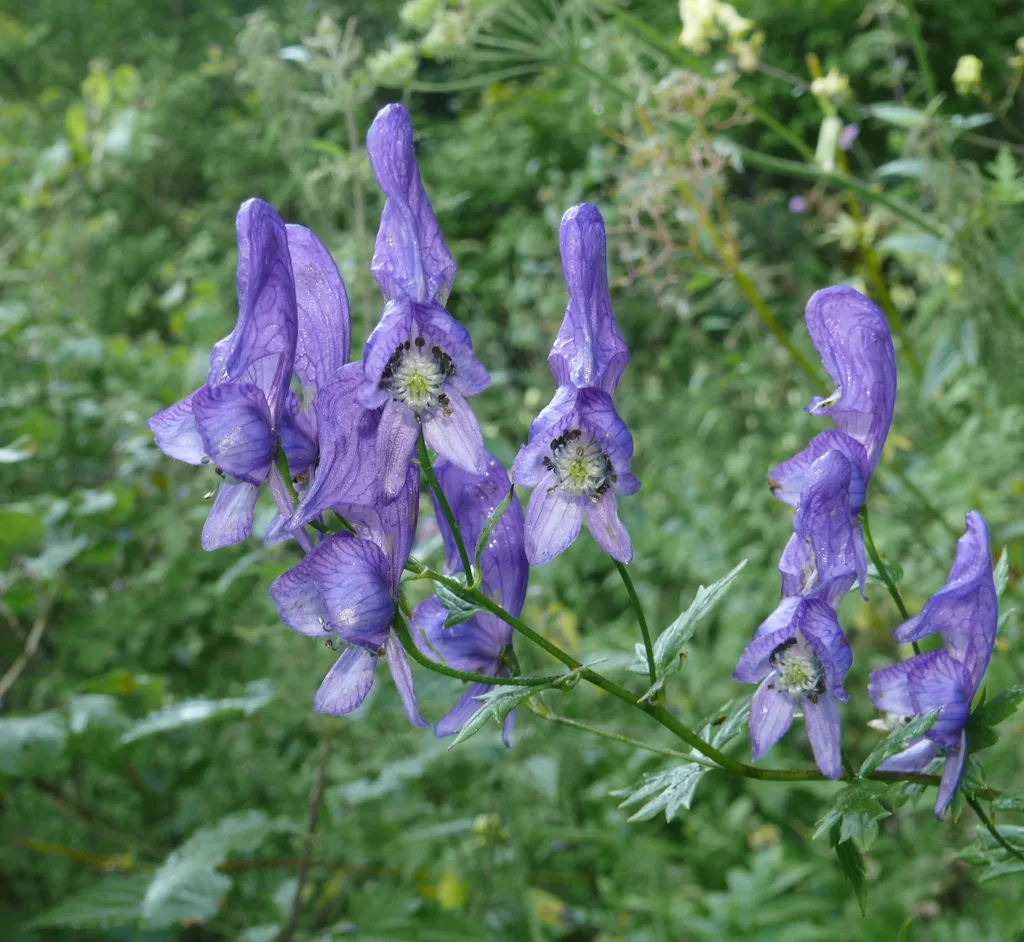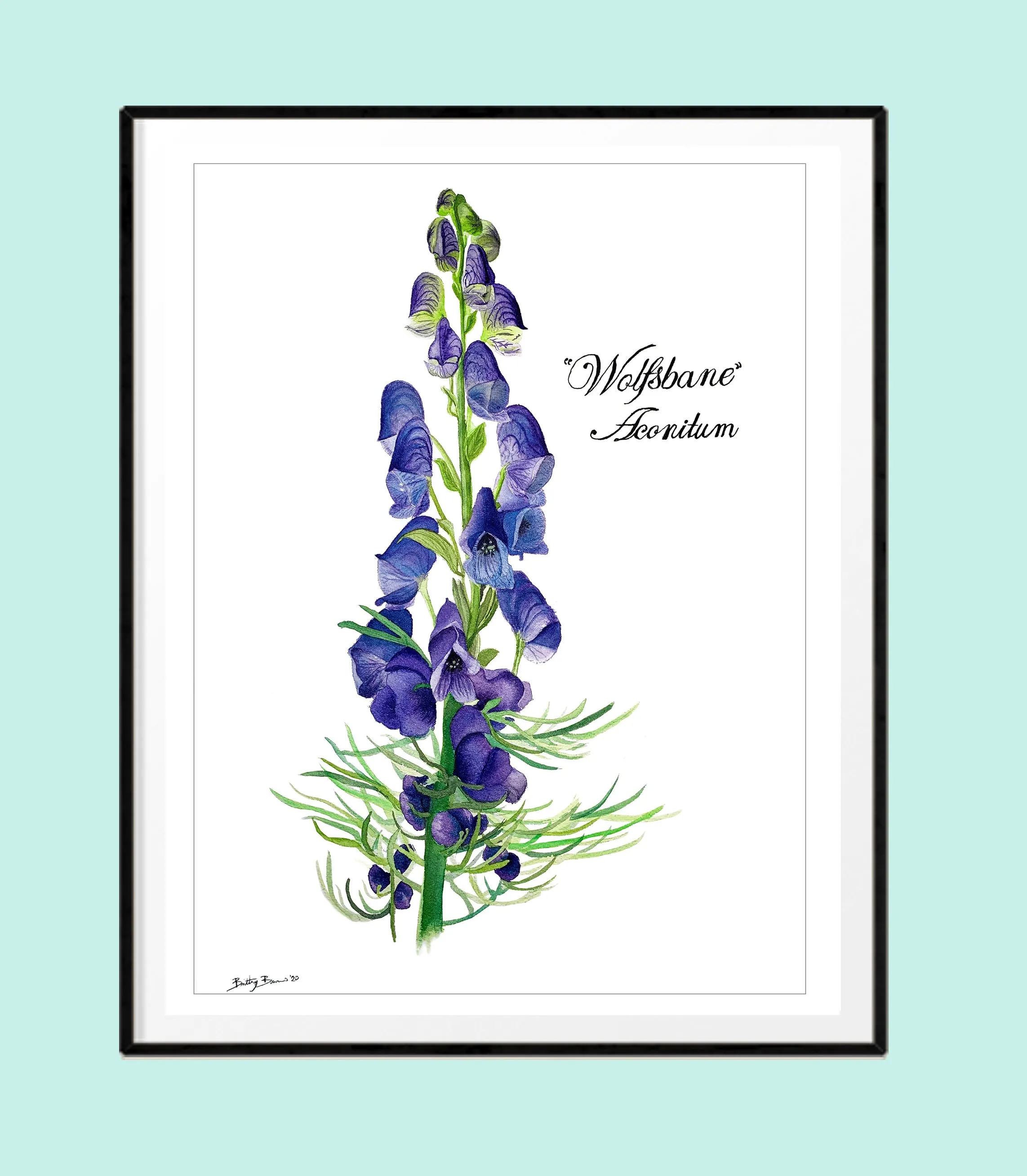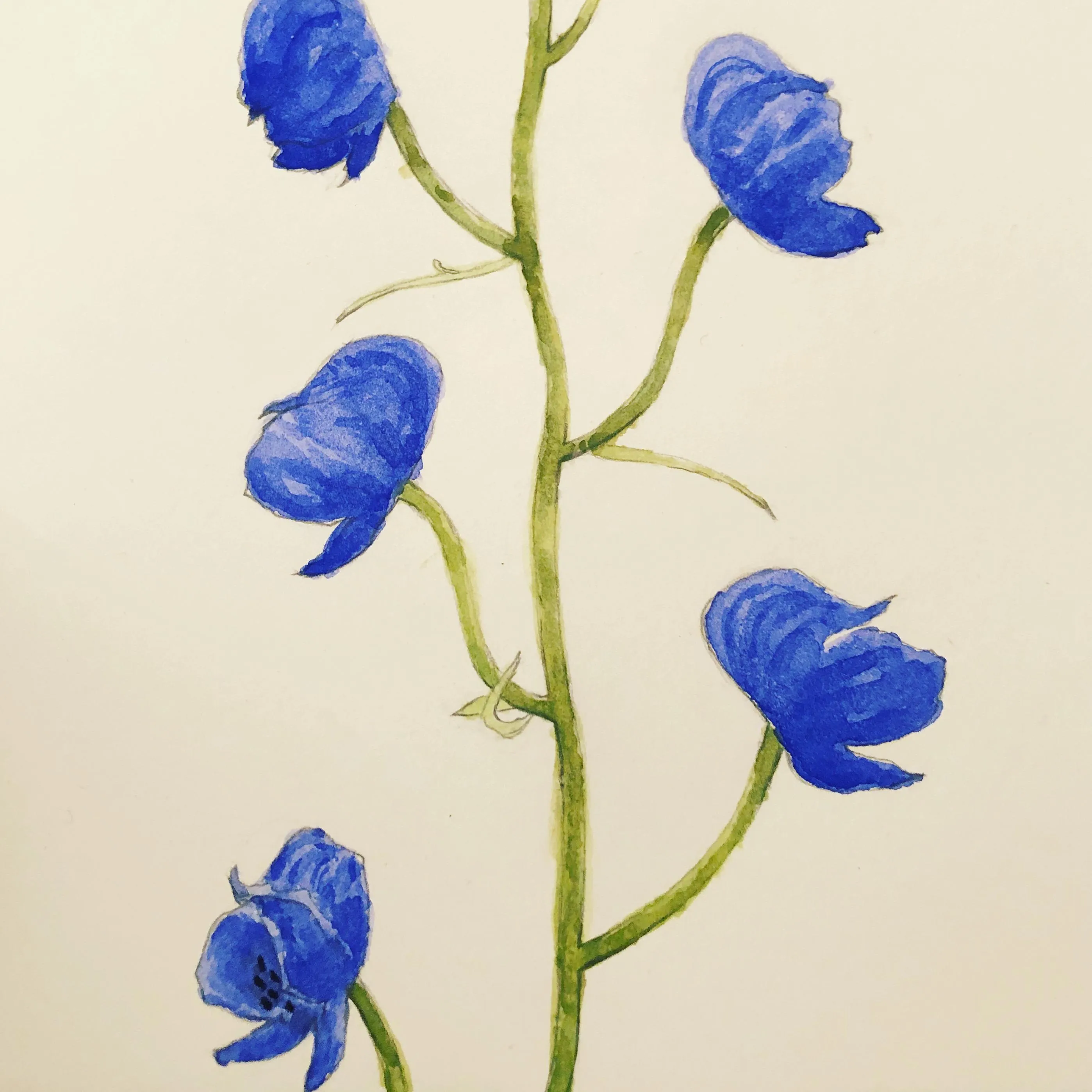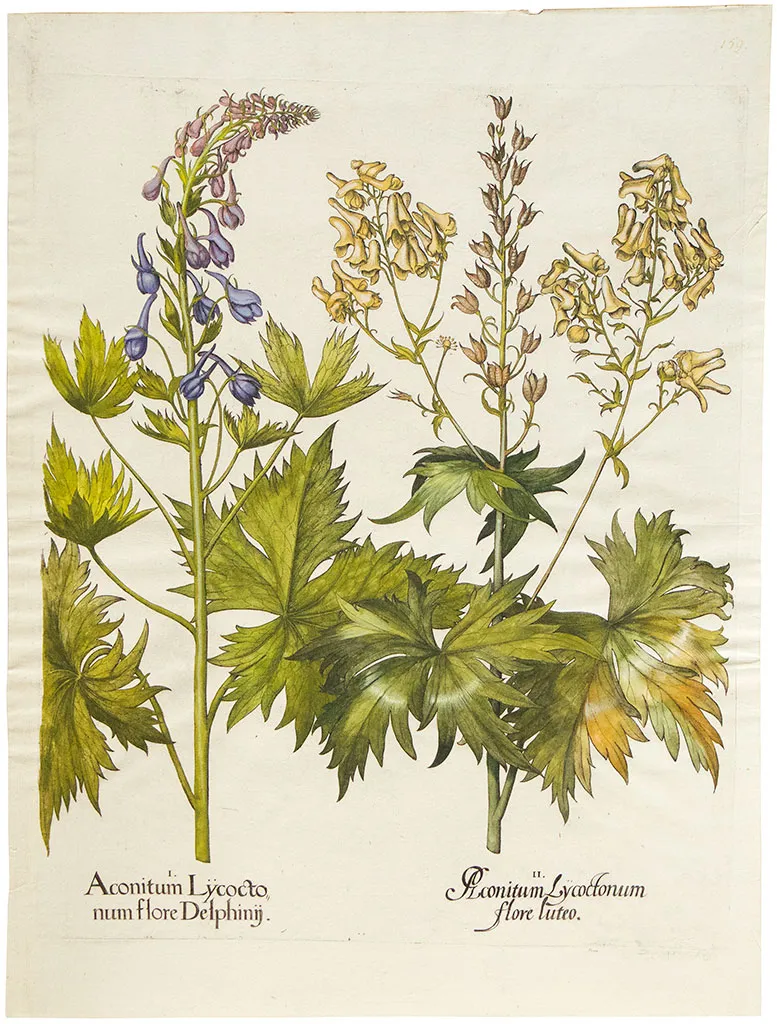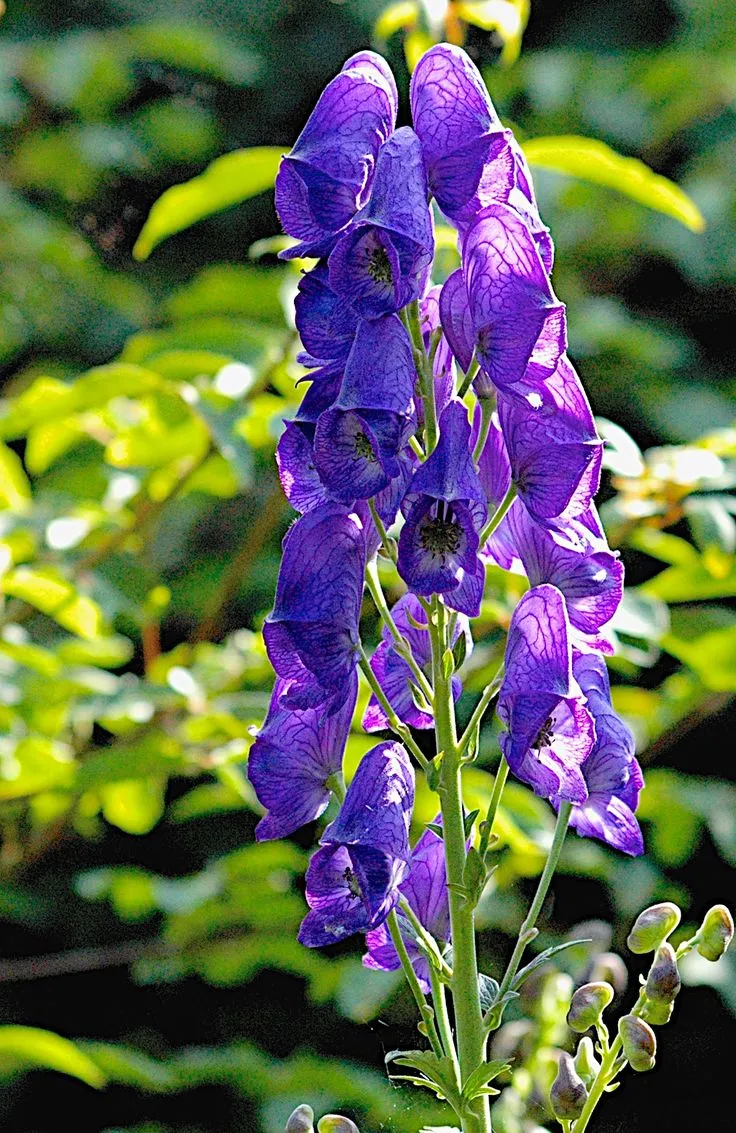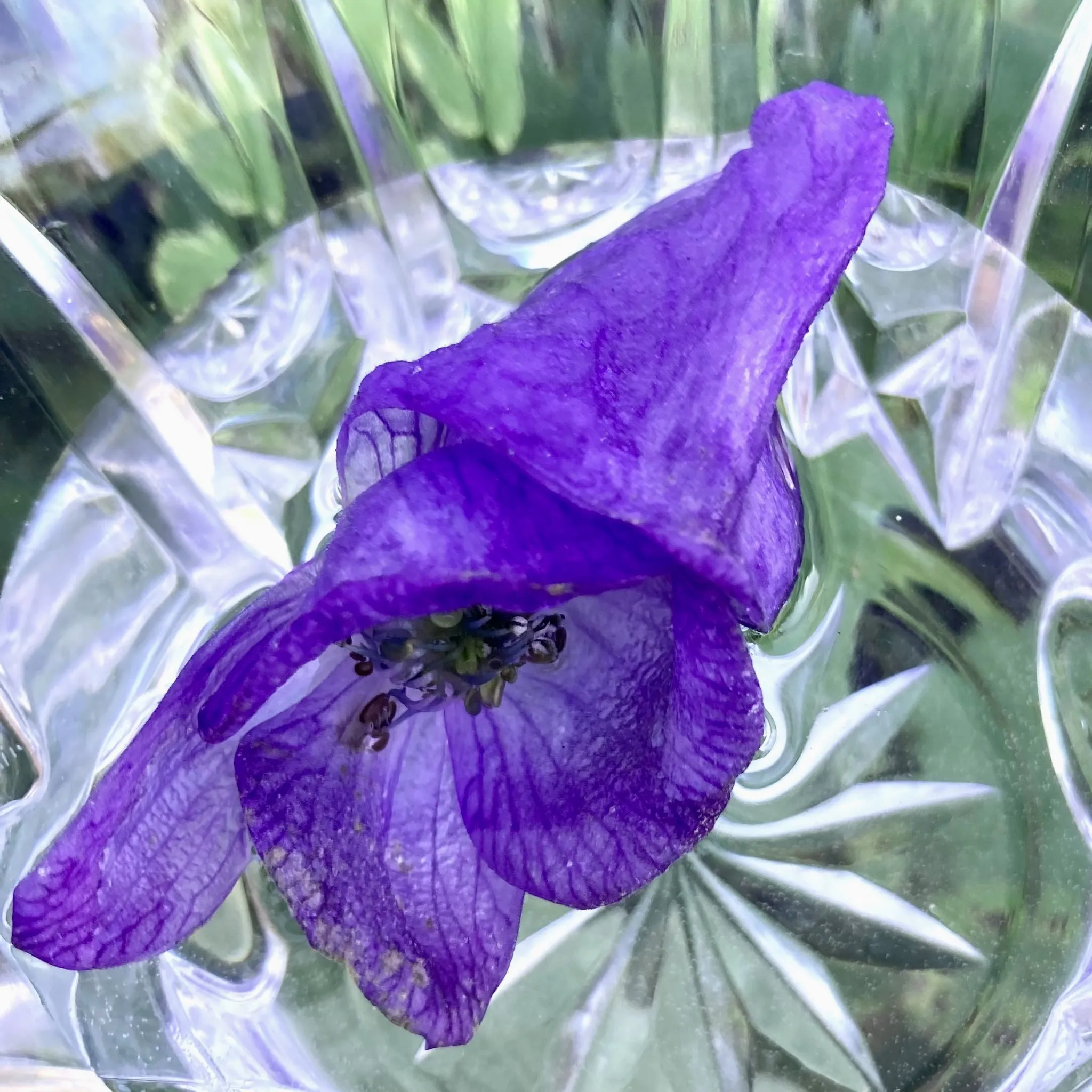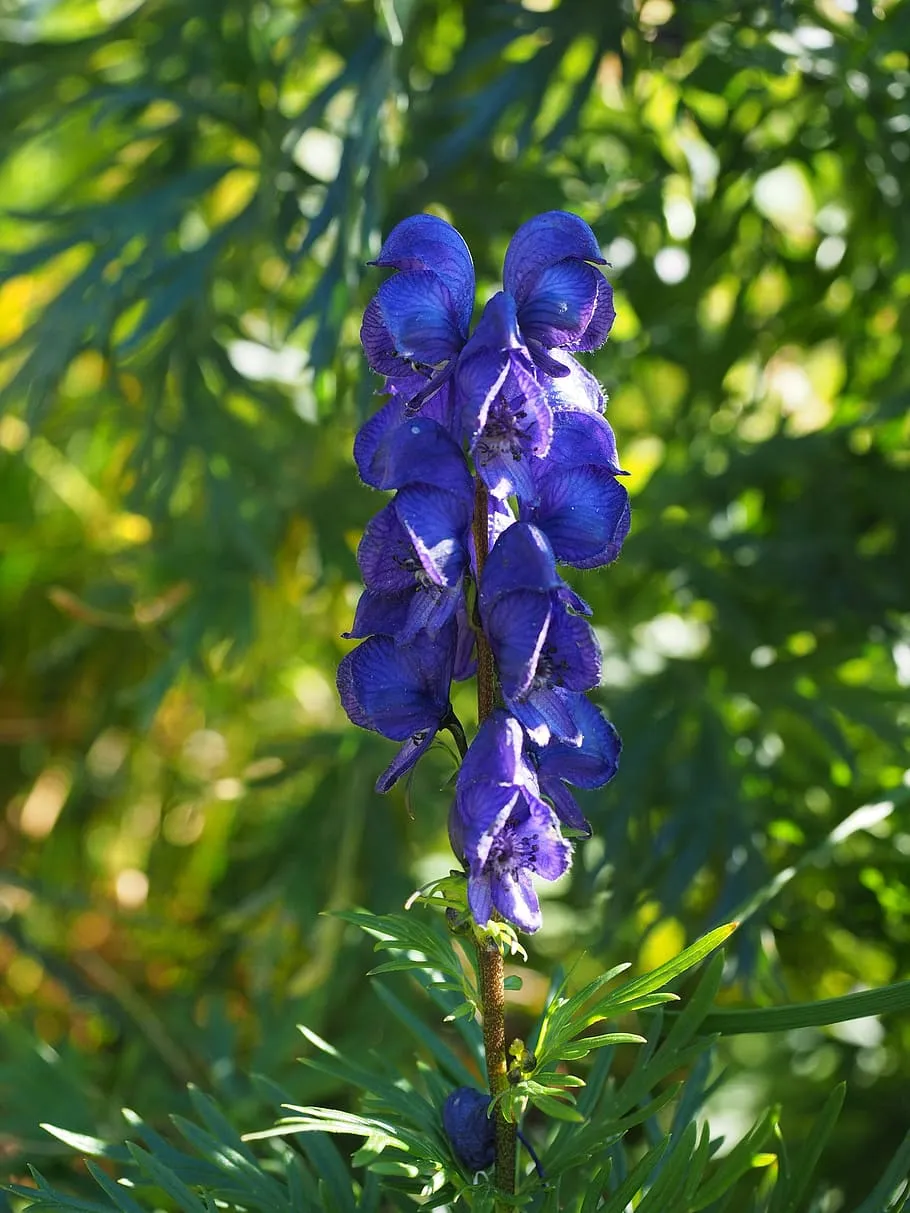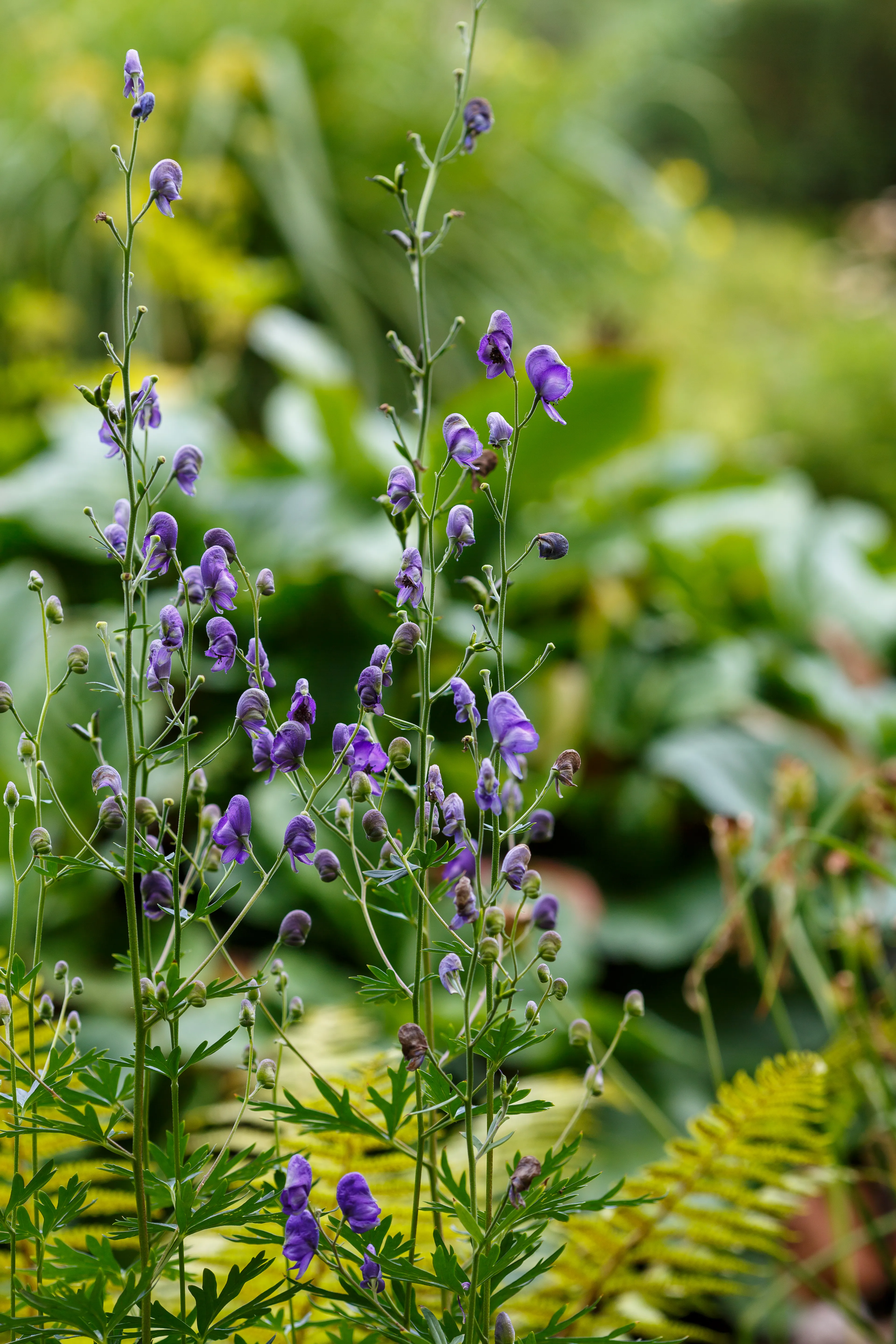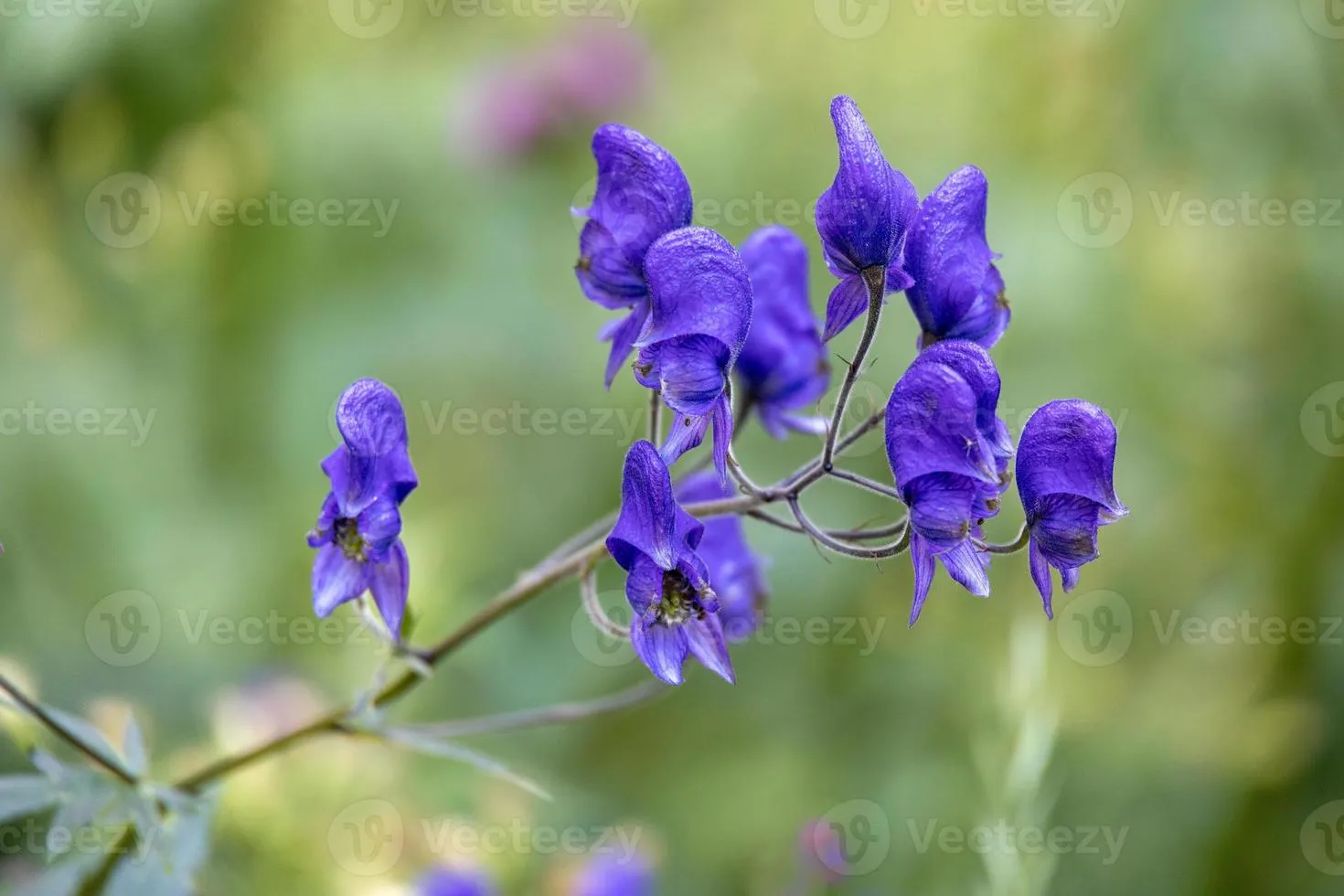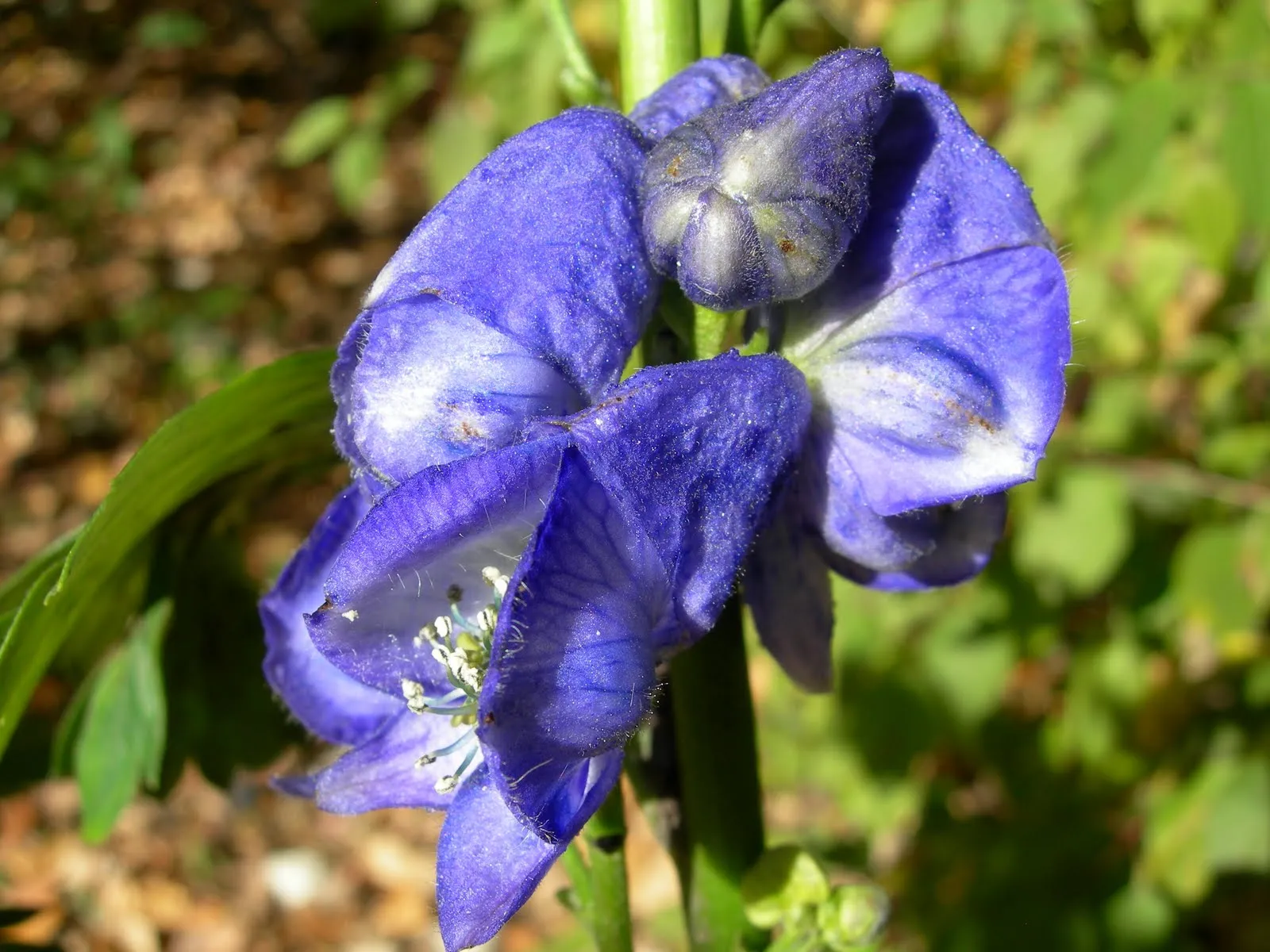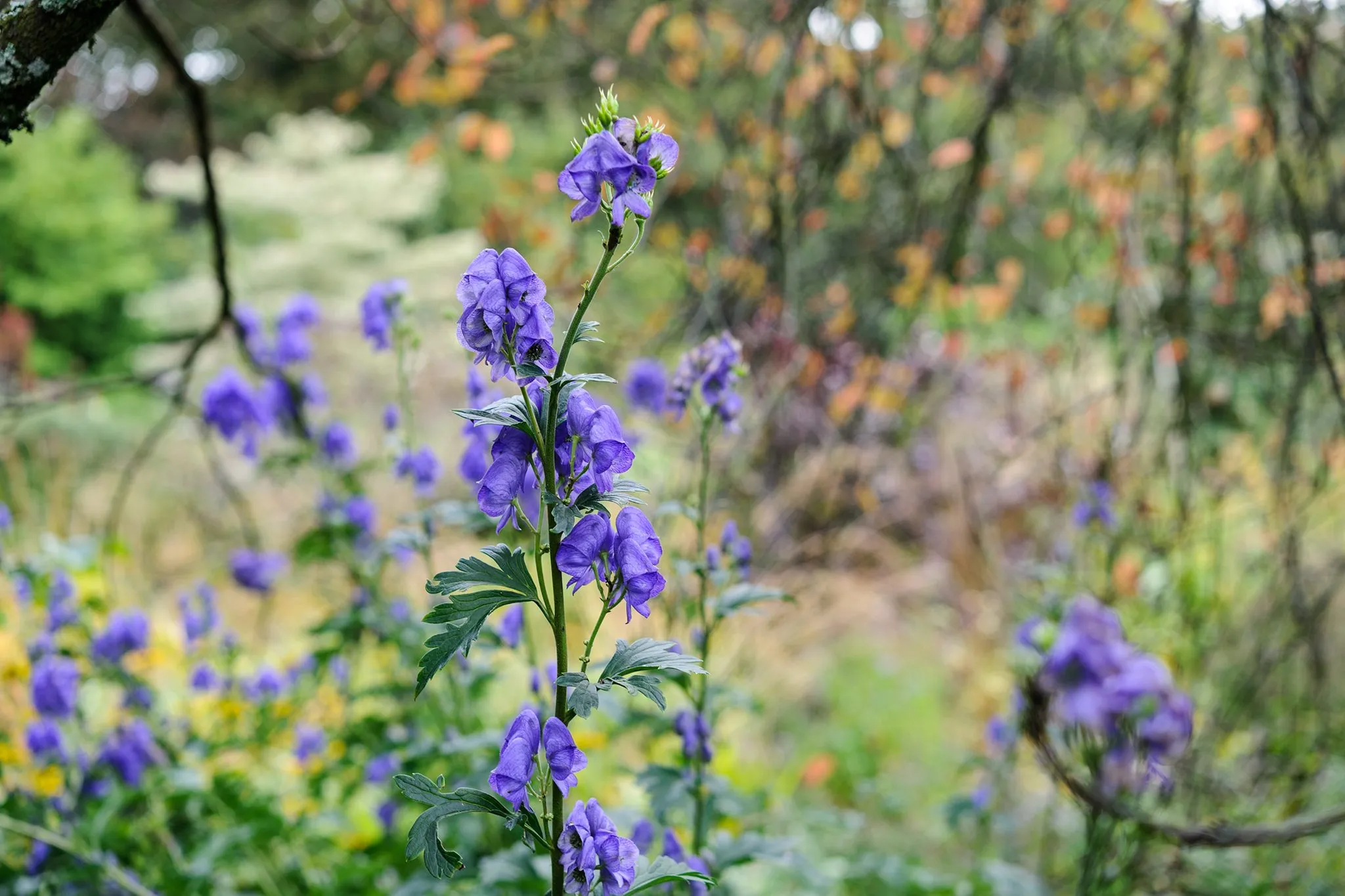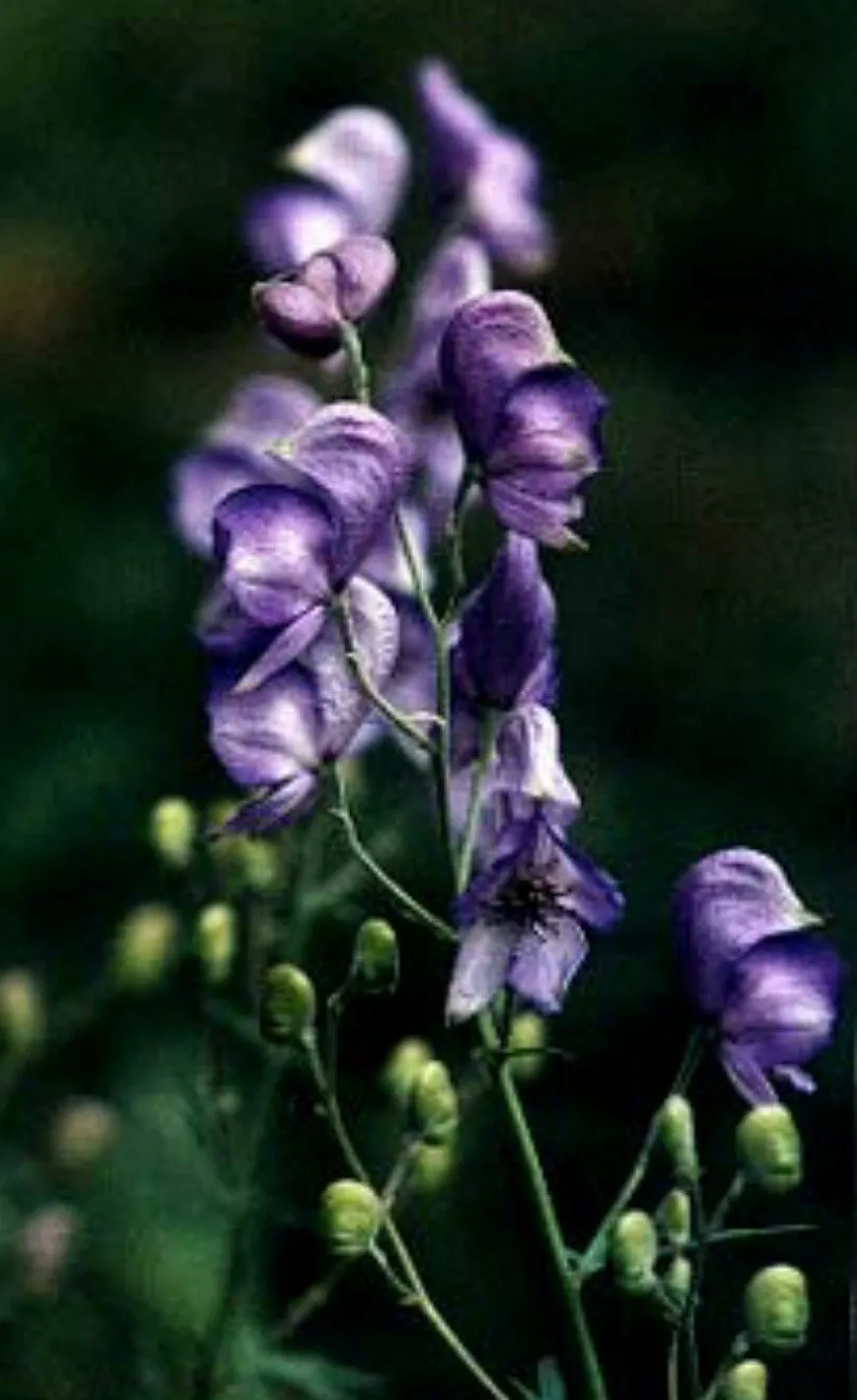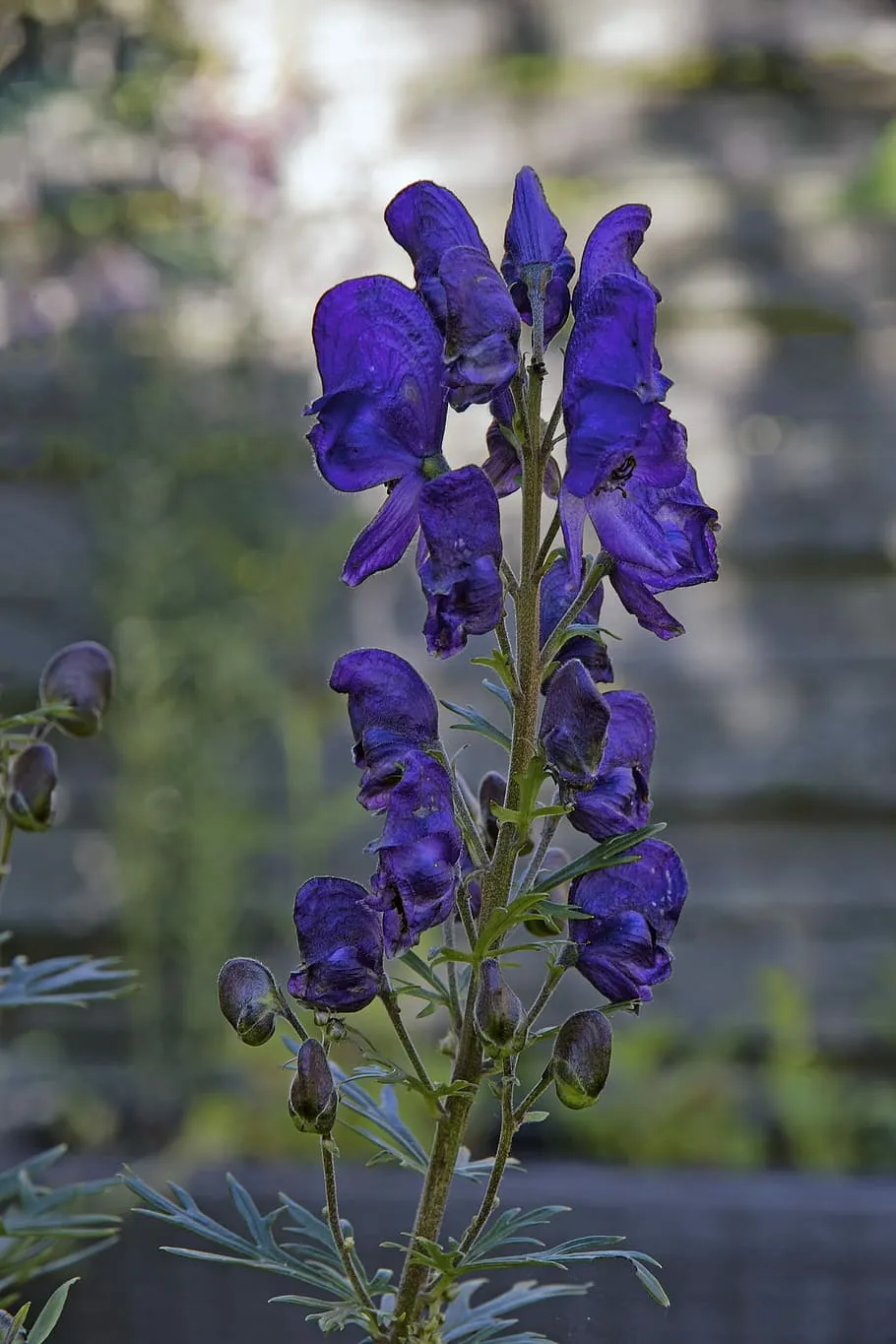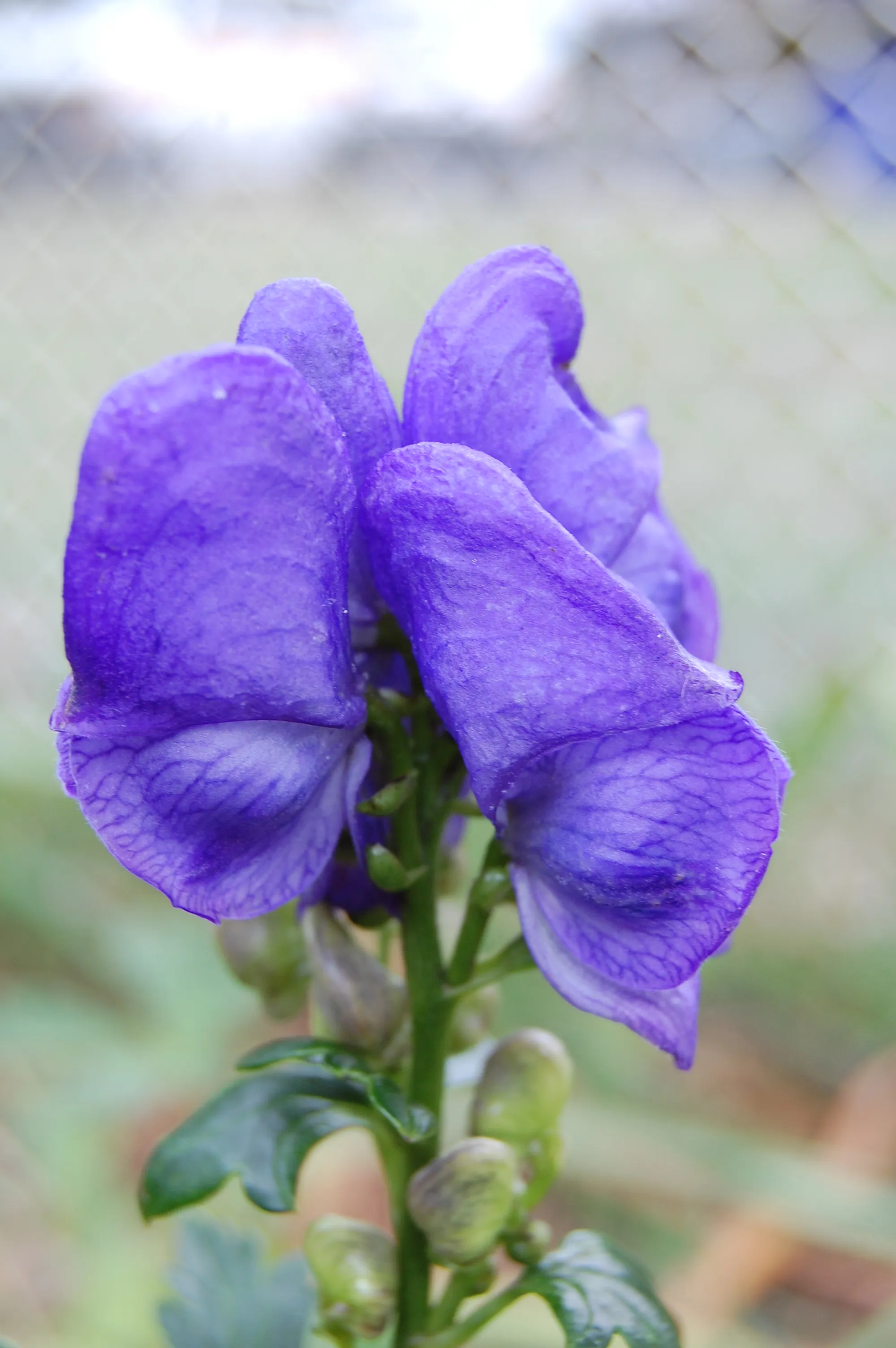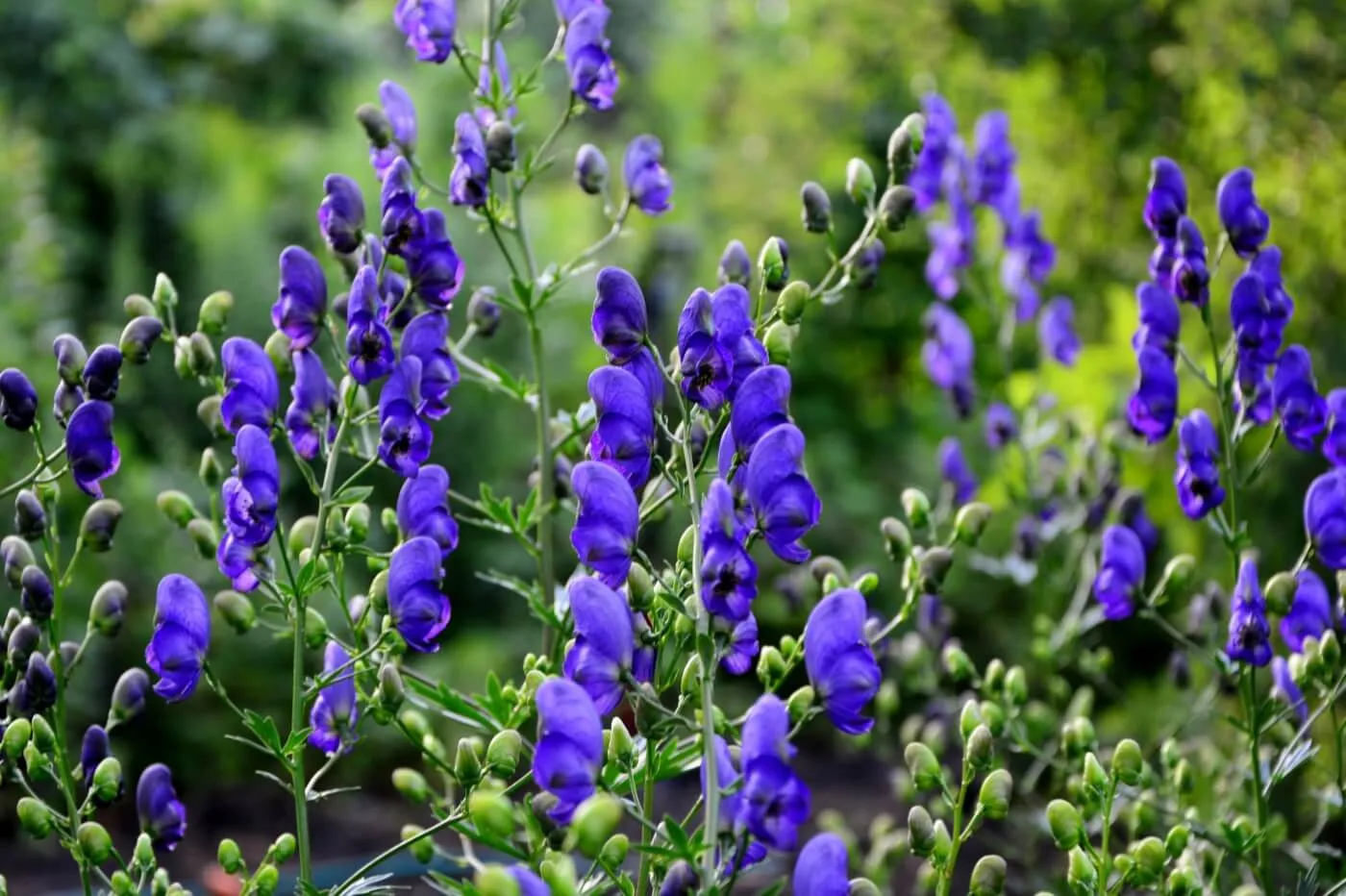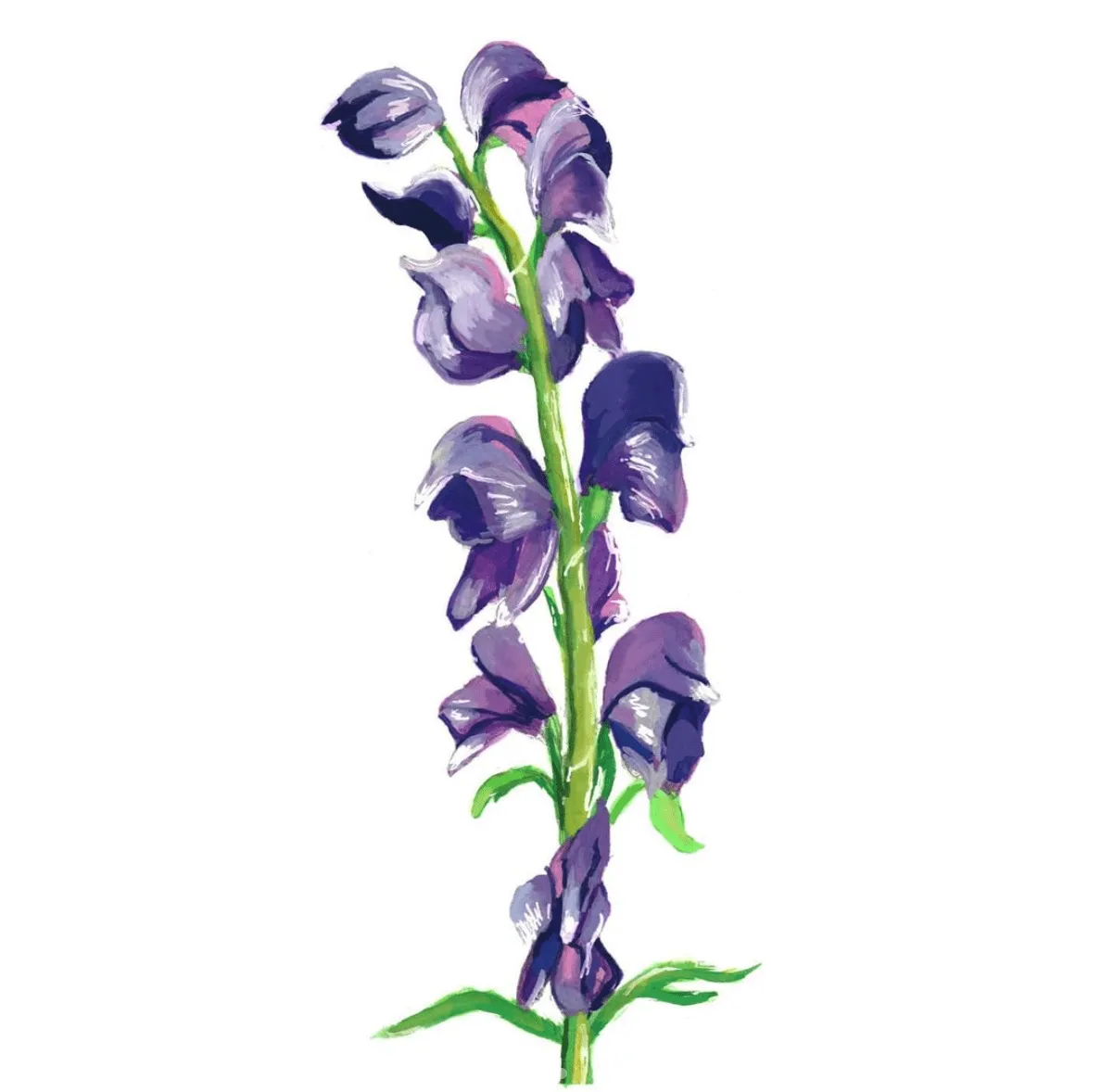Introduction
Wolfs bane is a beautiful flower that has been used for centuries in various medicinal and spiritual practices. This striking flower is also known as Aconitum or monkshood, and is native to Europe and Asia. The plant gets its name from the Greek word "akoniton," which means "without dust." This is because the plant was believed to be so toxic that even dust particles from its flowers could cause harm.
Appearance and Varieties
Wolfs bane is a perennial herb that can grow up to six feet tall. The plant has green leaves that are deeply divided and can grow up to 12 inches long. The flowers of the plant are bell-shaped and can come in a variety of colors, including blue, purple, pink, and white. The plant blooms in the late summer and early fall. There are several varieties of Wolfs bane, including Aconitum napellus, Aconitum carmichaelii, and Aconitum ferox. Aconitum napellus is the most common variety and is often used in homeopathy. Aconitum carmichaelii is a Chinese variety that is used in traditional Chinese medicine. Aconitum ferox is a Himalayan variety that is known for its high toxicity.
Medicinal Uses
Wolfs bane has been used for centuries in traditional medicine to treat a variety of ailments. The plant contains a toxic alkaloid called aconitine, which can be fatal in large doses. However, when used in small doses, the plant can be beneficial for a variety of conditions.
Pain Relief
Wolfs bane has analgesic properties and has been used to relieve pain for centuries. The plant is often used in homeopathic remedies to treat conditions such as neuralgia, sciatica, and arthritis.
Respiratory Conditions
Wolfs bane has antispasmodic properties and has been used to treat respiratory conditions such as asthma and bronchitis. The plant can help to relax the muscles of the respiratory system and improve breathing.
Fever
Wolfs bane has antipyretic properties and has been used to treat fever. The plant can help to reduce body temperature and promote sweating, which can help to break a fever.
Heart Conditions
Wolfs bane has been used to treat heart conditions such as arrhythmia and high blood pressure. The plant can help to regulate heart rate and improve blood flow.
Spiritual and Magical Uses
Wolfs bane has been used in spiritual and magical practices for centuries. The plant is believed to have protective and purifying properties and is often used in rituals and spells.
Protection
Wolfs bane is believed to have protective properties and is often used in rituals to ward off negative energy and protect against harm. The plant can be worn or carried to provide protection.
Purification
Wolfs bane is believed to have purifying properties and is often used in rituals to cleanse the body and spirit. The plant can be used in baths, teas, and incense to promote purification.
Transformation
Wolfs bane is believed to have transformative properties and is often used in rituals to promote personal growth and transformation. The plant can be used in meditation and visualization practices to promote inner transformation.
Precautions and Side Effects
Wolfs bane is a toxic plant and should be used with caution. The plant contains aconitine, which can be fatal in large doses. It is important to use the plant only under the guidance of a qualified practitioner.
Poisoning
Wolfs bane poisoning can cause a variety of symptoms, including nausea, vomiting, diarrhea, dizziness, and difficulty breathing. In severe cases, poisoning can lead to coma or death.
Interaction with Medications
Wolfs bane can interact with certain medications, including heart medications, blood thinners, and sedatives. It is important to talk to a healthcare provider before using the plant if you are taking any medications.
Allergic Reactions
Wolfs bane can cause allergic reactions in some people. Symptoms of an allergic reaction may include rash, hives, itching, and difficulty breathing. If you experience any of these symptoms, stop using the plant and seek medical attention.
Conclusion
Wolfs bane is a beautiful flower that has been used for centuries in various medicinal and spiritual practices. The plant has analgesic, antispasmodic, antipyretic, and heart-regulating properties and can be beneficial for a variety of conditions when used in small doses. However, the plant is toxic and should be used with caution. It is important to talk to a qualified practitioner before using the plant for any purpose.
Frequently asked questions about Wolfs bane wallpapers
Q: What is Wolfs bane?
A: Wolfs bane is a plant that belongs to the buttercup family. It is also known as aconite, monkshood, and queen of poisons.
Q: What are the benefits of using Wolfs bane pictures?
A: Wolfs bane pictures can be used for various purposes, such as for educational, artistic, or decorative purposes. They can also be used to create beautiful wallpapers, posters, or greeting cards.
Q: How many Wolfs bane pictures are available on your website?
A: We have a collection of 35 Wolfs bane pictures on our website.
Q: Can I download Wolfs bane pictures for free?
A: Yes, all Wolfs bane pictures on our website are available for free download.
Q: In what file types are the Wolfs bane pictures available for download?
A: The Wolfs bane pictures are available for download in three file types: .jpg, .png, and .webp.
Q: Can I choose different sizes for the Wolfs bane pictures?
A: Yes, you can choose different sizes (width and height) for the Wolfs bane pictures. We offer a range of sizes to choose from.
Q: How does your website detect the visitor's mobile screen size?
A: Our website uses responsive design, which means that it automatically adjusts the layout and size of the content based on the visitor's screen size. This ensures that the Wolfs bane pictures are displayed correctly on all devices.
Q: Do I need to create an account to download Wolfs bane pictures?
A: No, you do not need to create an account to download Wolfs bane pictures. All pictures are available for free and can be downloaded without any registration.
Q: Can I use Wolfs bane pictures for commercial purposes?
A: The Wolfs bane pictures on our website are licensed under Creative Commons Zero (CC0), which means that they can be used for commercial purposes without attribution.
Q: How can I credit the photographer for using their Wolfs bane picture?
A: While it is not necessary to credit the photographer for using their Wolfs bane picture, we recommend doing so as a sign of respect for their work. You can credit the photographer by including their name and a link to their website or social media profile.


